How much plastic is in our ocean?
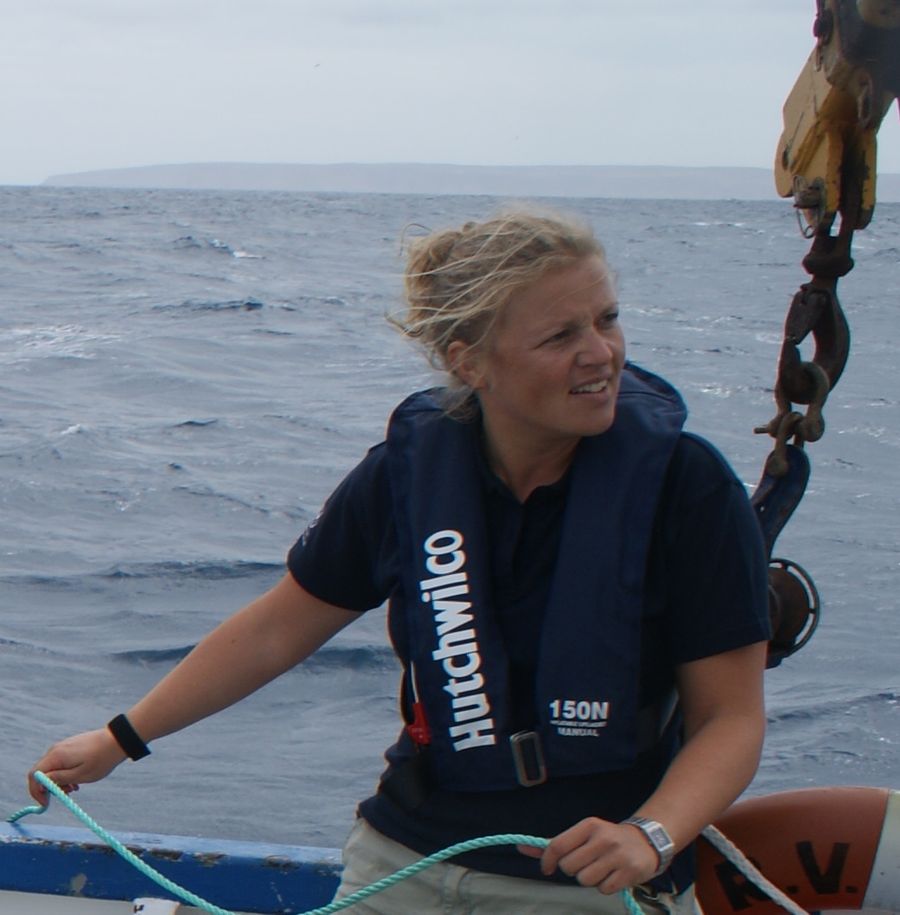
I am a passionate biological oceanographer who is employed as an associate professor at Flinders University (South Australia).
A scientific study published in 2009 warned the community that “within just a few decades since mass production of plastic products commenced in the 1950s, plastic debris has accumulated in terrestrial environments, in the open ocean, on shorelines of even the most remote islands and in the deep sea” and that “the abundance and global distribution of micro-plastic fragments have increased over the last few decades” (Barnes et al. 2009). However plastic pollution hasn’t declined and actually seems to be getting worse!
Plastic pollution is now omnipresent in the ocean, but causes the most harm in coastal waters and during its journey towards the open ocean.
My team and I are very concerned about the impact of plastics on the environment but also on the plankton which feeds the oceanic food web. Without plankton, there won’t be any fish or whales in the ocean!! We have decided to raise funding to go on a road trip alongside the coast of South Australia to assess how much microplastic is present in the water of our beaches, but also to identify what these plastics are made of in an attempt to find where they come from (i.e. were they part of a plastic bottle.., of a polystyrene crate...?).
- What are microplastics?
Plastic waste in the environment is classified into different size fractions. Microplastics are defined as plastic fragments less than 5mm in diameter, comprising either fragments degraded from larger plastic objects or other non- degraded products, such as the microbeads found in exfoliants, industrial abrasives and fibres from synthetic clothes. Anything bigger than 5mm in diameter is classified as macroplastics.
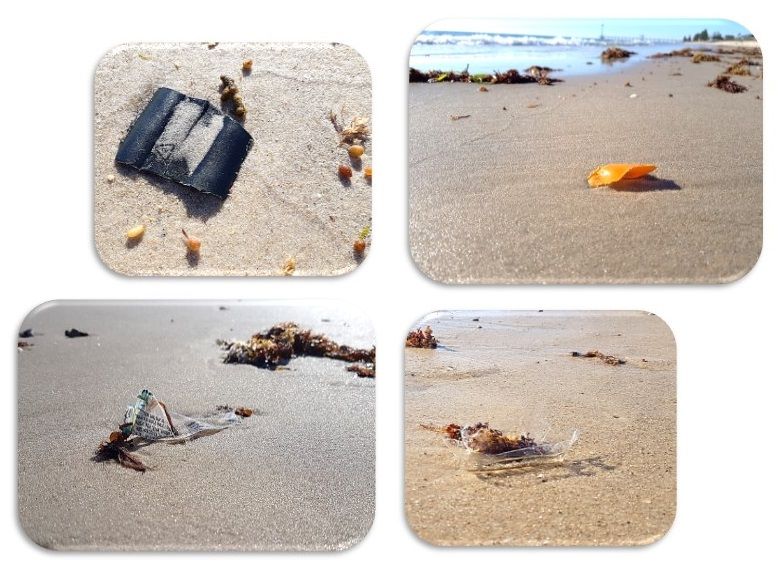
- How much microplastic is present in the water at our beaches?
A 2013 scientific study showed that plastic contamination was present in the surface waters of Australia, with concentrations around Brisbane and Sydney of 7,500 – 15,500 pieces of plastic/sq.km (Reisser et al. 2013). The site sampled in South Australian waters was near Kangaroo Island which should have been pristine, and even this showed concentrations of 1,500 – 3,500 pieces of plastic/sq.km! This study was done aboard marine vessels, and focused on the open ocean and coastal waters, but didn’t assess the concentration of plastic pieces in the near-shore waters or on the beach, where most human activities take place. What concerns me, is that there is not a time when I go for a walk on the local beach between Seacliff and Brighton without seeing plastic debris on the beach. Knowing that this debris will break down into tiny pieces – microplastics – I wonder how much of these are present in the sand, in the water, and how many I swallow when I go for a swim???
These pieces of plastic debris also have the potential to affect marine organisms which really worries me.
- Why do we care?
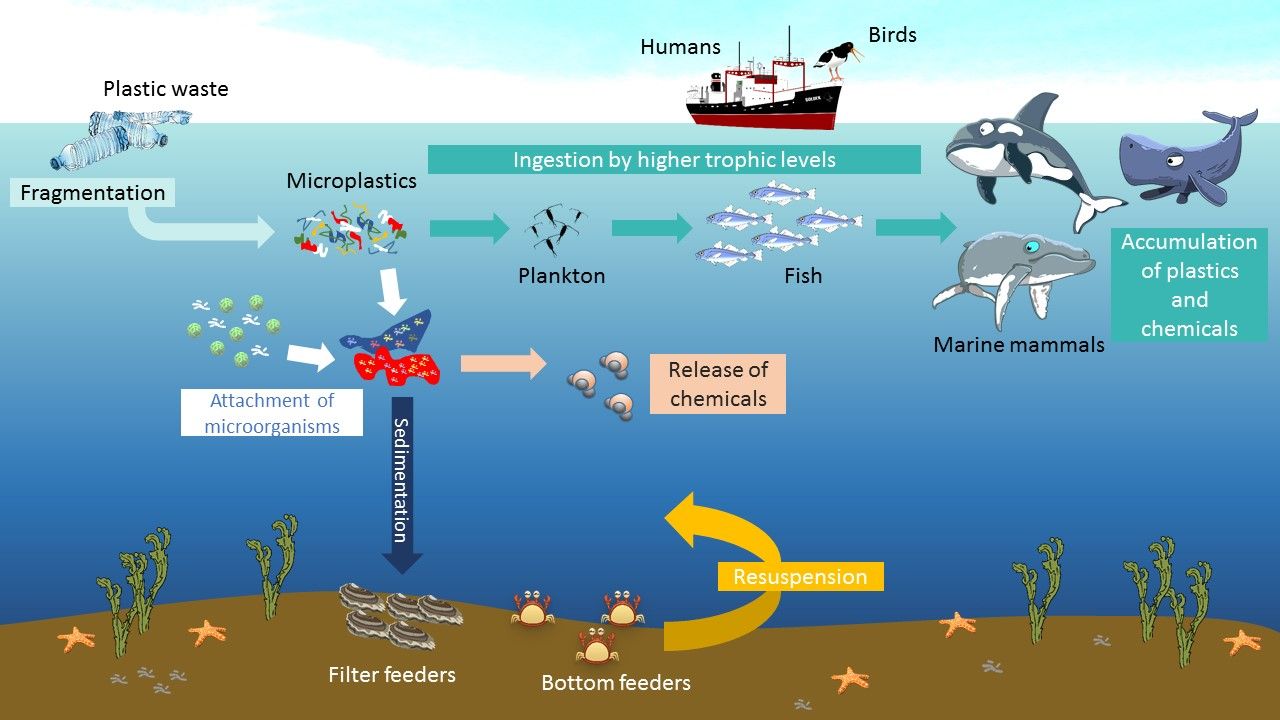
In principle, floating plastic waste in the marine environment can (i) be degraded by natural UV-radiations from the sun, (ii) break down due to reactions of its chemical components with water and (iii) degrade throughout the attachment of microorganisms to their surface (Gewert et al. 2015). However, plastic is highly durable and takes a very long time to breakdown or degrade!! Because of that, this is a long-term issue that will impact our environment until plastic usage is reduced or phased out.
In the last 2 years, growing concern has emerged as several types of animals (from plankton to marine mammals) have been observed to ingest microplastics, either through their normal feeding behaviour or because they mistake microplastics for food (this occurs especially when their natural food items are attached onto the microplastic).
The ingestion of microplastics by animals has been studied using experimental setups and showed that it caused problems with their physiology and health, for example through decreased feeding and fertility rates. This is particularly important for organisms at the base of the food chain, such as zooplankton. If these tiny organisms ingest plastic instead of food, they don’t have the energy to grow and reproduce! As they are the main source of food for fish larvae and marine mammals such as whales, this would make them starve and in turn impact their ability to grow and reproduce.
Commercial plastic frequently contains additives, and through the process of degradation, these additives can leach from the microplastics into the surrounding water. What the impact of these chemicals is on the microorganisms, animals and plants, we don’t know yet!
Microplastics might also have an impact on you and me when we go for a swim, a surf and swallow a bit of water....
- What are we going to do?
The aim of our project is to assess the amount of microplastics present in the water at beaches in South Australia. While we could go crazy and embark on a tour of the country, we want to start by better understanding what is going on in our backyard (and yours!). We will drive the 2,116 km from Ceduna to Port Macdonnell and stop at 23 sites along the way to assess how much microplastic is in the water at these sites.
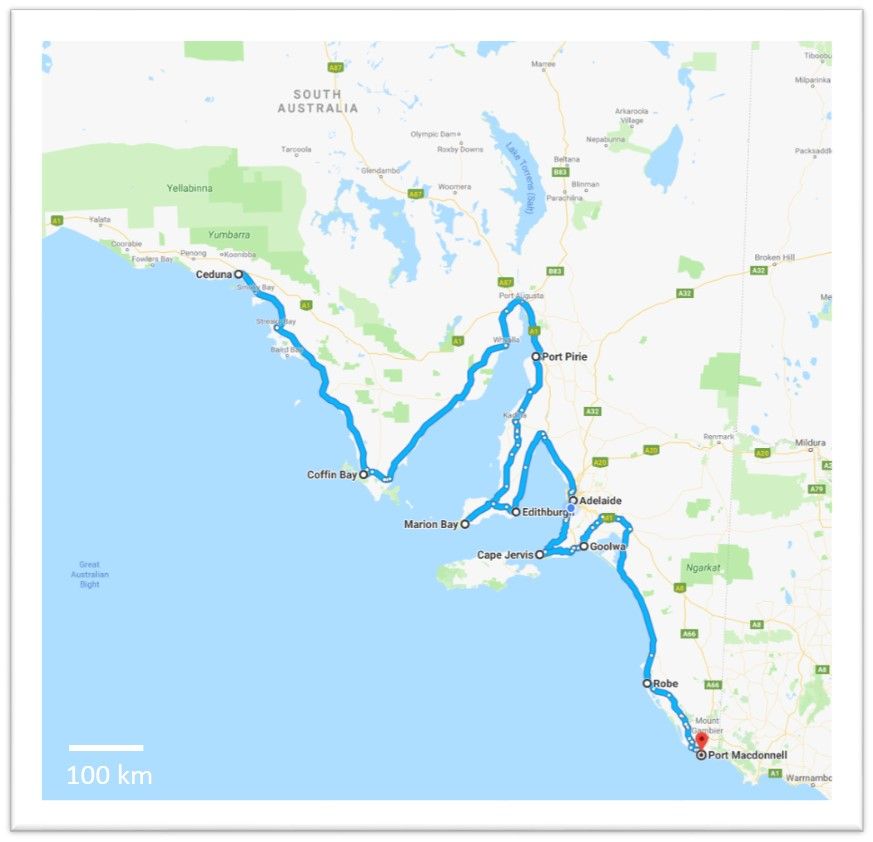
As we will sample different environments along the way, we will be able to interpret our findings in the context of the number of habitants, site exposure to waves/tides, ocean conditions vs gulf conditions, but also in the context of oceanic currents. Once we know more about the abundance, origin and damage done by near-shore microplastic pollution, we will need to act.
We will produce a map of plastic pollution that will be shared on our facebook and Instragram pages @Microplasticswarrior to inform the communities of the extent of the pollution. Our findings will also be sent to local councils and the SA Government to raise awareness amongst the public of the harm of microplastic pollution and provide them with background knowledge that can lead to a better management of plastic waste. Indeed, the management of plastic waste at its source is paramount to finding solutions. For example, we hope that our work will prompt councils and the SA Government to ensure that plans, such as better recycling schemes and the use of drainage nets, are put in place to stop the waste from getting into the waterways, rivers and coastlines.
We have 3 funding targets which will allow us to find out the following:
- Target 1 - How much microplastic is present along our ocean shoreline? ($13,800 to complete target 1)
- Target 2 - What is the source of these microplastics? (20,800 to complete targets 1 and 2))
- Target 3 - How much microplastic is ingested by zooplankton? (31,500 to complete the 3 targets)
If we reach Target 1 before the end date of the crowdfunding campaign, we’ll go one step further! Target 2 will focus on finding out where all the microplastics we found came from. Our chemist friends can actually determine the composition of plastic pieces which will tell us if the microplastics found in our samples come from plastic bottles, synthetic clothes or polystyrene crates etc…. If we know what the source is we can then target our campaigns to the areas that matter most!
If we are lucky enough to reach Target 2 before the end date of the crowdfunding campaign, we’ll try and stretch it even more! Target 3 will then focus on how much of the microplastics are ingested by zooplankton. When we know that we have a better understanding of what the impact will be on fish, whales, and ourselves.
Budget Overview
The funding obtained through this campaign will cover our expenses for the road trip i.e. car rental, accommodation for the team of scientists and volunteers in the field, and a salary for a research assistant to undertake the analyses.
For our first target, the analyses will be done in my laboratory at Flinders University, free of charge. For the second and third target, the chemists at Flinders University will let us use their equipment (i.e. SEM, FTIR and RAMAN) for a small fee and will help us analyse the data.
- Target 1 ($13,800): COLLECTION OF MICROPLASTICS
We will go on the road trip, collect samples to take back to my laboratory and count the plastic in our samples. Ultimately this will tell us how much plastic is in our backyard.
- Target 2 ($20,800): COLLECTION OF MICROPLASTICS + ANALYSIS OF PLASTIC COMPOSITION (FTIR)
We will isolate some of the sampled microplastic that has been counted and analyse it with our chemist friends to identify what these microplastics are made of and what their likely source is.
- Target 3 ($31,500): COLLECTION OF MICROPLASTICS + ANALYSIS OF PLASTIC COMPOSITION + IDENTIFICATION OF INGESTION BY ZOOPLANKTON
During the road trip, we will collect zooplankton samples alongside the microplastic samples. These samples will be analysed in my laboratory to find out how much microplastic is ingested by the zooplankton living on our coasts.
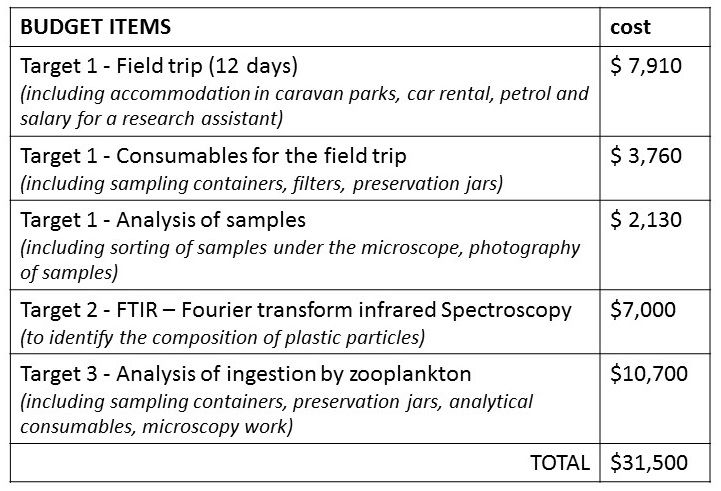
What are the project outcomes?
A copy of the report on the results including pictures of sampling sites and scientific outcomes will be sent to you by email.
Special thank you from the team!
We will send you - a postcard from one of the sampling sites - a copy of the report on the results including pictures of sampling sites and scientific outcomes.
Pin this on!
We will send you - a badge labelled "Unwanted microplastics" - a copy of the report on the results including pictures of sampling sites and scientific outcomes.
Be a microplastic warrior!
We will send you - a T-shirt branded "Unwanted microplastics" - a copy of the report on the results including pictures of sampling sites and scientific outcomes.
Let's talk!
Sophie will visit your community group or school (in a radius of 200km around metropolitan Adelaide) and talk about the issues around microplastics.
Let's talk further!
Sophie will visit your community group or school (in South Australia) and talk about the issues around microplastics.
Choose a site to be surveyed
You can choose a site on our track alongside the coast of South Australia to be surveyed as part of the project and meet us on the day to take part in the sampling. Restrictions: - Chosen site has to be accessible to the research team - sampling date will be set in consultation with the relevant researchers and donor